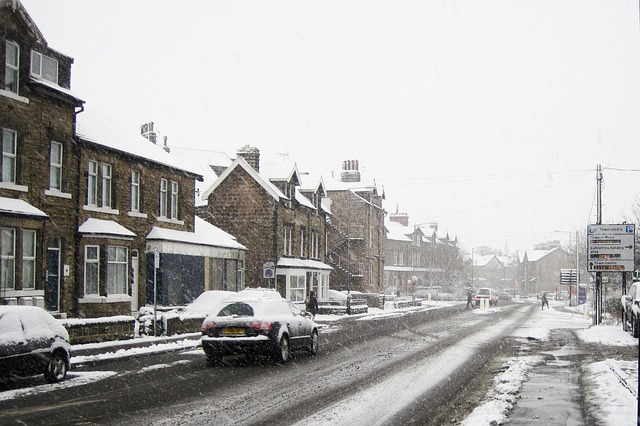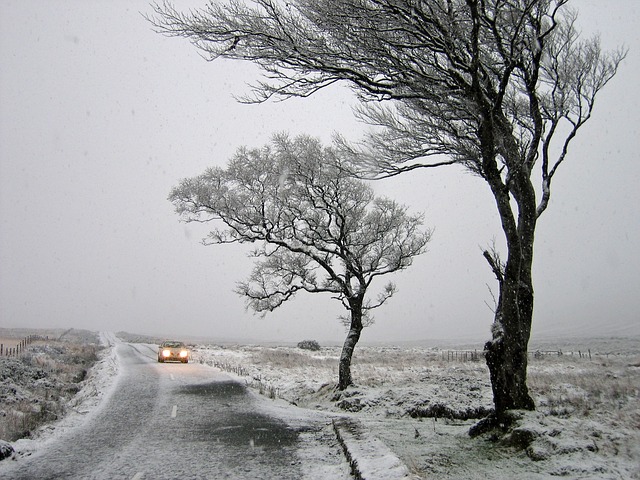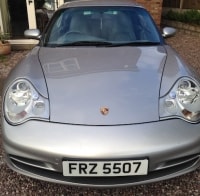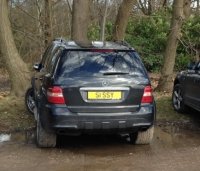Trusty Tips for Driving in the Snow
According to forecasters, Britain should prepare for months of heavy snowfall this year, and what better way to prepare than reading our tips for driving in the snow? Follow our trusty tips below and stay safe on the road this winter.

Image Source: Pixabay
Plan for the Worst
Before you set off, it’s important to think ahead. The last thing you want is to get stuck in the snow but it’s best to plan for this, just in case. Keep a blanket and coat in the car so that you can at least stay warm whilst you wait for help.
Whilst it may seem extreme to keep a snow shovel in the car, there’s no harm in having a compact one in the boot. You’ll be extremely grateful for it if you do wind up having to dig your car out of the snow.
Be Smooth
When struggling to secure traction on the road surface, the worst thing you can do is accelerate. So, avoid giving the engine the full throttle and instead slow the vehicle before gently reassuming your speed. In fact, sudden braking and over steering is a no-no too. Be sure to avoid all three to prevent your wheels from locking up and losing control of your car.
Leave a Large Gap
Whilst you should usually allow at least a two-second gap between you and the vehicle in front, when driving in the snow you should leave a ten-second gap. Stopping times are much longer on ice and snow; therefore it’s dangerous to leave any less than this. Yes, that means absolutely no tailgating!
Drive on Busy Roads
If you’re able to, plan your journey around busier roads. Why? They’re more likely to have been gritted than the minor roads. Country lanes in particular are unlikely to be cleared or treated with salt so, no matter how tempting a shortcut seems, it’s worth sticking (literally) to the busier roads during the snowy season.
Make Yourself Visible
By making yourself visible, we’re not advising you to wear a Santa hat or dress like a Christmas tree to get yourself seen on the road, unless you want to! However, it is important to make yourself visible to others. So, in falling snow, use dipped headlights or fog lights. As conditions improve, make sure your fog lights are only on if necessary as they can dazzle other drivers and cause accidents.
Don’t Rely on ABS
In slippery conditions, ABS is less effective and will not provide the same control it usually would. Therefore, you should not rely on this system to stop your vehicle. If, for example, you’re driving down a slope, you should reduce your speed before starting the descent, instead of letting the speed build up. This will be much easier than trying to slow down on an icy road, particularly as stopping distances are longer in the snow.

Image Source: Pixabay
Now you’ve read our trusty tips for driving in the snow, you’re safe to hit the road! However, before you do, it may be worth checking out our range of car registrations first. Find the perfect Christmas present for a loved one or why not treat yourself this winter? Go on, have a browse.

















